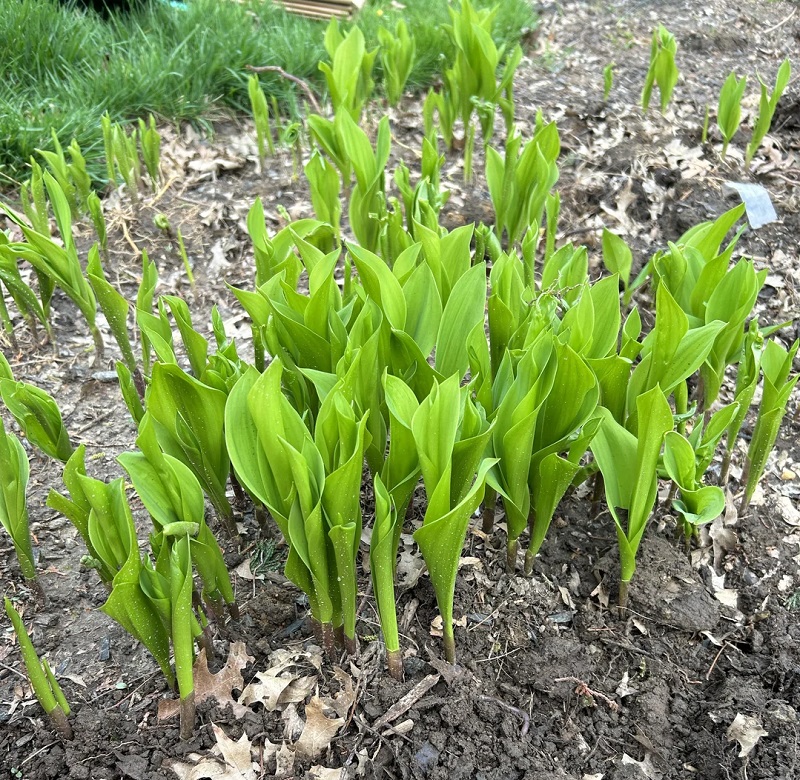A gardener has turned to Reddit for help after discovering a patch of stubborn plants in their yard.
In a post to the r/gardening subreddit, the gardener asked for help in identifying the plant as well as tips on how to remove it. They shared an image of the tall green stocks, saying they wished to plant different flowers in the same spot.

"Does anyone know what these are? I'm trying to get rid of them, but their roots are really deep and they are spreading out like crazy," the original poster wrote, asking for ways to remove the plant while avoiding toxic pesticides that harm soil. "Any advice? I want to plant flowers here so I don't want to spray them with chemicals."
Reddit users identified the troubling plant at lily of the Valley, with one calling it "the most annoying perennial ever."
Perennials see above-ground stocks and flowers dying during the winter and then shoot back up in full bloom the following spring. This can be convenient when installing native flowers and plants, especially if you want them every year.
However, it can be an issue with invasive plants like the lily of the valley. The white, bell-shaped flower is primarily native to Europe, Asia, and as some parts of North America. Experts warn the flower can be hard to control, potentially putting other plants at risk. It's also considered to be toxic, irritating human skin and harming pets or wildlife when eaten.
When installing your garden, it's important to be aware if the plants you are using are native to your region. Experts recommend sticking to native plants, which benefit the soil and require less maintenance. This can save homeowners hundreds on water and pesticides that other plants need. Native plants also help support your neighborhood's ecosystem by attracting pollinators that go on to protect our food.
Reddit users recommended ways to remove the invasive plant, warning it may take time.
"I hate this plant. It took me three years to get rid of it. It makes beautiful flowers but it's a pain if you want to plant something else," one user said.
"I have had success mostly eradicating them by digging down 6-8 inches and getting out the complete root structure. I still get a few strays which I remove on sight," another wrote.
Join our free newsletter for easy tips to save more and waste less, and don't miss this cool list of easy ways to help yourself while helping the planet.


